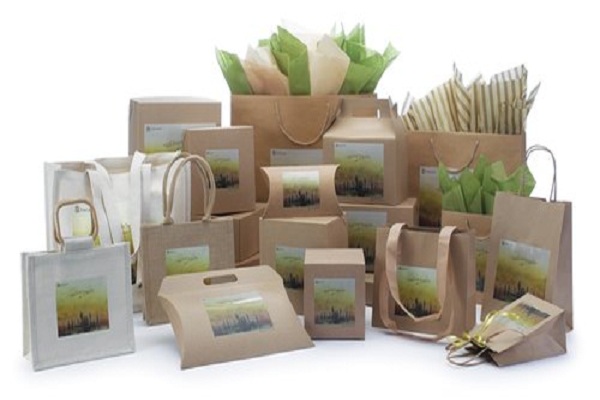Nowadays, many customers have realized the need for their consumption of products from restaurants to be sustainable and eco-friendly. This realization translates to their ardent expectations from the restaurants they buy from, to sell and operate their businesses in an eco-friendly manner.
Thus, many food businesses have started actively searching for ways to go eco-friendly. And in this venture, many restaurants have already got hold of better options and started to implement them to bring forth innovative yet sustainable changes.
So, here, in this article, we will be highlighting how food businesses can become eco-friendly.
Opting for Eco-friendly Packaging
Many food businesses have to use packaging for their food products, especially if they deliver food to customers' homes directly. Often, they use plastic-based packaging that ends up harming the environment via clogging the oceans and damaging aquatic life.
One way to bypass this problem is for food businesses to opt for eco-friendly packaging. This is a broad term under which many types of packaging are there.
Many food businesses can sell tea, beverages, and coffee in eco-friendly paper hot cups, which are easier to handle and dispose of. Your customers will be satisfied, and they will have an easier time drinking and chilling.
You can also opt for mushroom packaging, which is a high-performing packaging solution that can help your company achieve exceptional outcomes.
Another good alternative is biodegradable plastics, which are composed mainly of plant by-products rather than petroleum, and hence, can degrade when exposed to the sun. Biodegradable plastic, on the other hand, can drastically minimize the amount of waste generated by your packaging.
Plastic straws can be replaced with eco-friendly straws. This is a long-term solution for avoiding plastics and saving the environment.
Bamboo reusable straws are fully biodegradable, making them particularly environmentally friendly. They're lightweight and have a smooth feeling, similar to glass, but they can have a subtle woody flavor.
Incorporating Water-Efficient Equipment and Processes
Food and beverage firms put an enormous burden on the water supply. Therefore, if they preserved more water, they would help in facilitating more water to everyone, ultimately saving the environment.
Assessing how water is currently utilized in a food-processing business is among the first stages in a water-use management program. Process, Equipment, Facilities, and Personnel are the four key areas where water usage can be reduced.
Processes that do not require the use of water can be replaced for those that do. Dry milling is a method that can be used instead of wet milling. Other solutions to water-washing in restaurants include utilizing dry ice, vacuums, or sweepers to pick up sediments. If you have a restaurant or cafe, it's important to consider where your menus and flyers are sourced from. There is an easy way to make your business more eco-friendly by using eco-friendly digital menus. They're a more efficient way of changing and updating your menus frequently.
Using Energy-Efficient Devices
Restaurants consume 5-7 times the energy of typical commercial buildings per square foot. Refrigeration, lighting, and cooling are the three most common uses of power in restaurants.
There is a slew of options for lowering energy use in restaurants. Better restaurant energy efficiency can result in more efficient operations, reduced need for maintenance, cheaper power costs, and more profits. Energy usage and expenditures can be reduced by up to 30% in an energy-efficient operation.
Standard pre-rinse spray valves at the dishwashing station could be supplemented with more energy-efficient reduced versions to save 25-60%. Air penetration can be reduced by up to 75% using strip curtains and automated door closers.
T8 fluorescent lighting is another easy solution for restaurants to cut energy use. Older, less efficient fluorescent bulbs can easily be replaced with these replacement light bulbs. T8 fluorescent bulbs with a low wattage can be more efficient than older fluorescent models by a maximum of 25%.
Also Read- Why Are Corrugated Boxes Considered the Ascendant Packaging Option?
Conclusion
With all these amazing options available easily for food businesses to go eco-friendly, you can reform your business operations. Hence, you will not need to compromise on your costs while your customers appreciate the extra mile you have undertaken to ensure customer satisfaction and ecological sustainability.

No comments:
Post a Comment